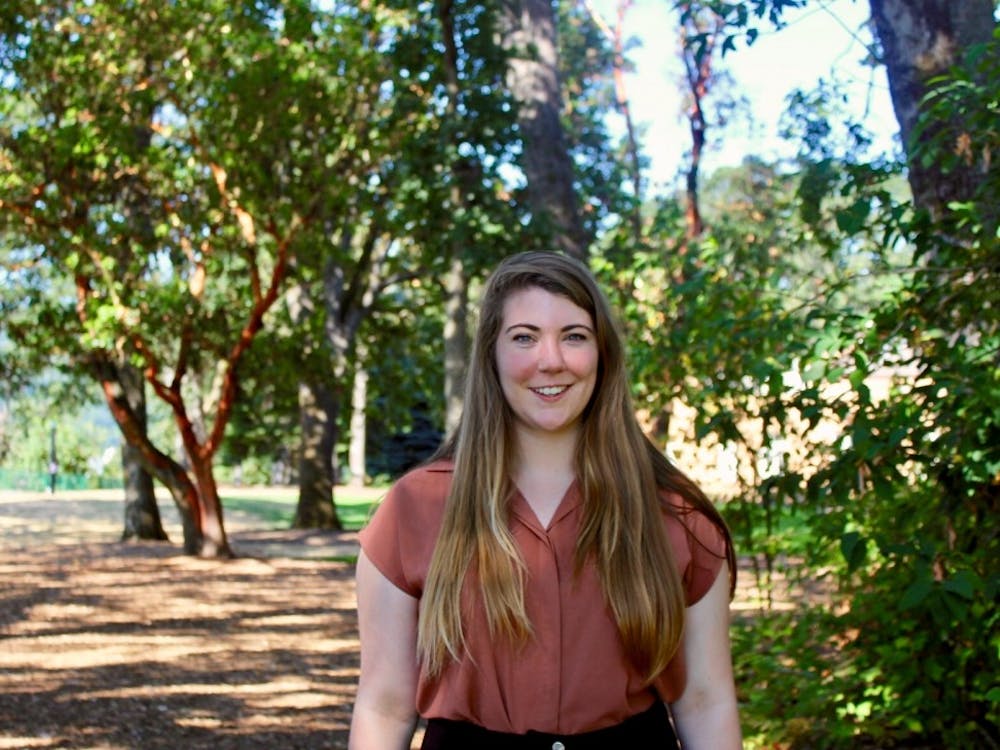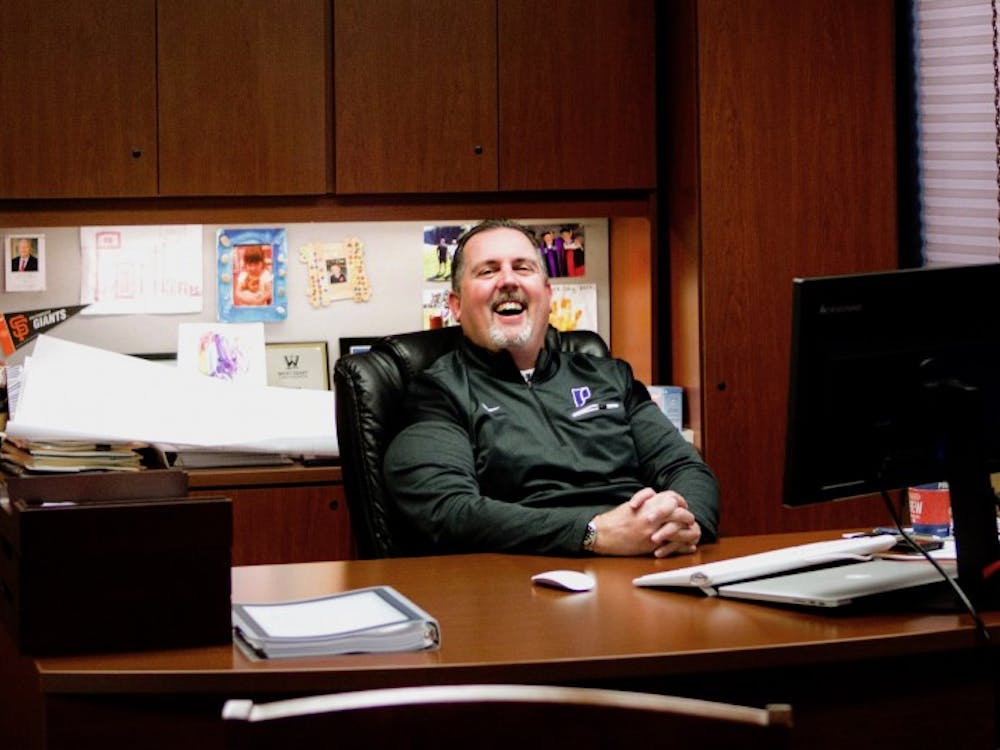I am a big fan of electric cars. All else equal, electric cars accelerate faster and are typically equipped with more technological features than their combustion-driven cousins. EV technology has come a long way since its debut, so much so that electric cars are not only common but mainstream. That said, electric vehicle technology is still very much in its infancy. Charging is slow, range is short and the cars are expensive. Even Teslas, widely accepted to be the current benchmark of electric cars, is still plagued with these drawbacks. So what’s going to fix this? Racing.
Electric cars are, without question, the way of the future. Already, major automotive manufacturers such as Ford, GM, Volkswagen, Mercedes and Volvo among others are transitioning to hybrid or fully-electric drivetrains and committing to discontinuing internal combustion engines in the coming decades. There are a few reasons for this, chief of which is emissions. All-electric vehicles do not emit any exhaust fumes, which in turn improves air quality not only in the immediate vicinity of highly trafficked areas, but also the world as a whole. Electrical generation is not inherently clean, as much of the U.S. still uses non-renewable sources to generate electricity, but by streamlining society’s power production (i.e. ditching fossil fuels), large-scale, eco-friendly power production reform will be easier to implement.
The fastest way to develop the EV technology (and achieve the three goals of fast charging, long-range and low cost) also happens to be the fastest way around a track. In motorsport, fire-breathing, gas-guzzling V12 engines eventually gave way to smaller, lighter, more efficient and equally powerful turbocharged engines because less weight means faster lap times and longer range means fewer stops in the pits. The same turbocharger technology was applied to road cars to make them more powerful, more efficient and cheaper simultaneously.
Much in the same way racing spurred the development of turbo technology, it will also accelerate the development of electric powertrains with similar effects to its oil-dependent cousin. In fact, this is already the case. Formula E cars, for the first four seasons, required that drivers pit halfway through the race, get into another identical car that was fully charged, and proceed with the second half of the race because battery technology was not developed to the point where they could both go fast and go the entire race distance. In just four years, they were able to develop the technology to allow drivers to go the entire race distance without changing cars, recharging or sacrificing speed.
This sort of thing isn’t limited to dedicated racing leagues, either. Tesla and Porsche recently duked it out at the Nürburgring with a Model S prototype and a Taycan Prototype respectively, each gunning for a faster lap time than the other. This sort of “arms race” between manufacturers often yields the best cars the brand can make and is ultimately good for us, the consumer.
This kind of development through racing isn’t restricted to multi-billion dollar companies and racing teams. Students, specifically college students, are inherently in a great place to take part in this, just as University of Pennslyvania students have shown by dominating the series and accumulating 39 trophies over seven years. Think about it: a university-backed team has funding, the Society of Automotive Engineers (SAE) provides a dedicated EV racing series for students and students bring a creative mindset and a drive to win, meaning that student teams can experiment with radical designs that companies and racing teams, whose source of income is racing, aren’t willing to gamble with.
Students have struggled in the past to get a UP racing team off the ground but now is a prime time, especially when local companies, like Daimler, are discontinuing the development of internal combustion engines to focus on electric powertrains as their primary development.
Rules allowing, I believe that the ideal structure for a UP team would be to field at least two cars and never let the student-to-car ratio exceed 6-1 to ensure students are not in each other’s way as they work on small cars. This not only facilitates positive, friendly, internal competition but also gives the UP team as a whole a greater chance for podium finishes, just as they do in most professional racing series.
If the rules permit only one car per school, I would suggest having a chassis dedicated to research and development (R&D) and another chassis that is compliant with the SAE rules and dedicated to the racing series, with the hope that the techniques and technology learned and developed on the R&D car can be tweaked and then implemented to the race chassis.
The greatest challenge I see for a UP team is, of course, money. There is some liability involved on the university’s behalf if they were to sponsor a car and a student were to get hurt because of it. While it is unlikely that someone would get hurt while driving around cones in a parking lot, racing is inherently dangerous, accidents do happen and it would be in the university’s best interest to err on the side of caution. It could mean limited funding or none at all. If the university is unwilling to provide enough money for a proper team, the students would then need to look to industry, which has the potential to provide the necessary cash flow but this is trickier to obtain.
The development of EV technology will go hand in hand with racing, that’s undeniable. I am biased in saying this, no doubt, but I want to see UP EV racing teams regularly take one to two finishes at every event and be the dominant team in the league while picking up a couple of patents along the way. These are ambitious goals, but goals that I whole-heartedly believe are attainable.
Brennan Crowder is a photographer for The Beacon. He can be reached at crowder22@up.edu.








